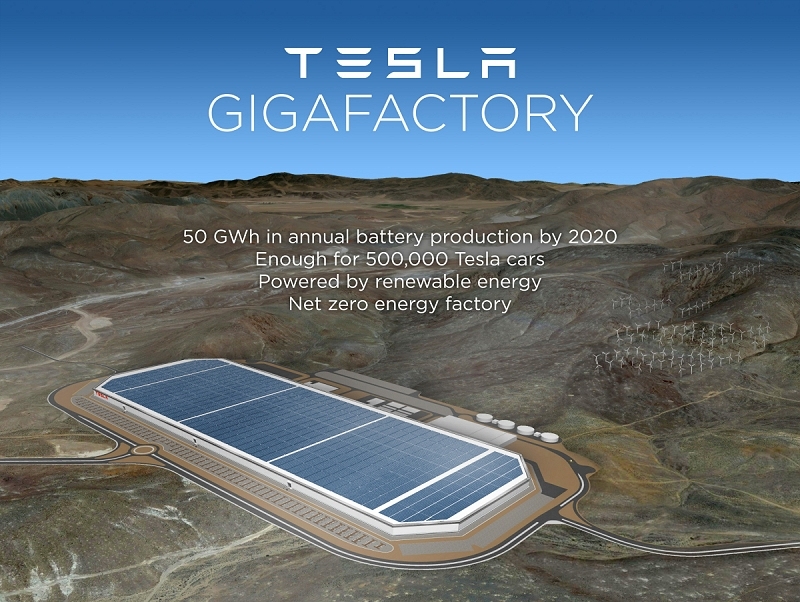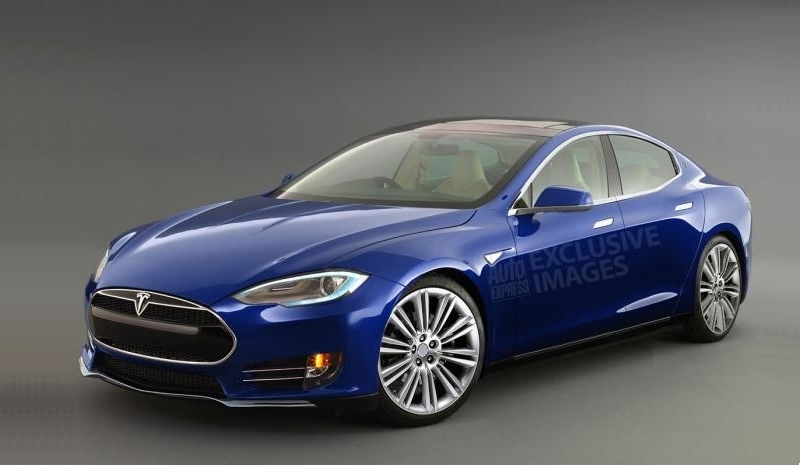
Tesla Motors has decided to build its massive battery production facility in Nevada, putting an end to a heated competition between nearly half a dozen states in the region. Tesla CEO Elon Musk and Nevada Governor Brian Sandoval made the announcement on Thursday.
Those following the story closely likely already knew that Tesla started excavating a site in Reno back in July. Reno wasn’t officially named as the host city for the Gigafactory in the recent press release but given the excavation, it’s a pretty solid bet.
For those unfamiliar, Tesla signed a deal with electronics maker Panasonic back in July to build the world’s largest and most advanced battery factory. The $5 billion Gigafactory, as it’s being called, is expected to produce 50 gigawatt-hours of battery packs per year – enough to build half a million electric vehicles annually.
For Nevada, the deal means the creation of 6,500 new jobs and an economic impact of nearly $100 billion over the next 20 years.

The Gigafactory will be critical in the creation of Tesla’s upcoming Model 3. Unlike its existing sedan which retails for around $70,000, the Model 3 will be marketed to the masses at a price point of around $35,000. It’s expected to be based on a brand new platform that’ll transport passengers more than 200 miles on a single charge when it rolls into garages sometime in 2017.
https://www.techspot.com/news/57978-teslas-battery-making-gigafactory-finds-home-nevada.html